
It’s like your brain is wrapped in cotton. You walk into a room and forget why you’re there. You’re in the middle of a sentence and the perfect word just… vanishes. It’s not that you’re tired, exactly. It’s more like your thoughts are moving through sludge. People call it “brain fog,” and it’s one of the most frustrating, disorienting feelings in modern life. We blame it on a lot of things: not enough sleep, too much stress, what we ate for lunch.
But what if I told you one of the biggest culprits isn’t inside you at all? What if it’s the sound outside your window?
I’m not talking about the obvious noises—the sudden siren, the car alarm, the construction crew starting up at 7 a.m. I’m talking about the sound underneath all of that. The constant, low-level hum of the city. The deep, vibrational rumble of traffic, the buzz of a thousand air conditioners, the distant drone of a highway you’ve learned to ignore.
Scientists are starting to flag this invisible “micro-noise” as a serious threat to our cognitive health. And it turns out that feeling of being mentally stuck might be your brain’s cry for help.
So, What Exactly Is This ‘Micro-Noise’?
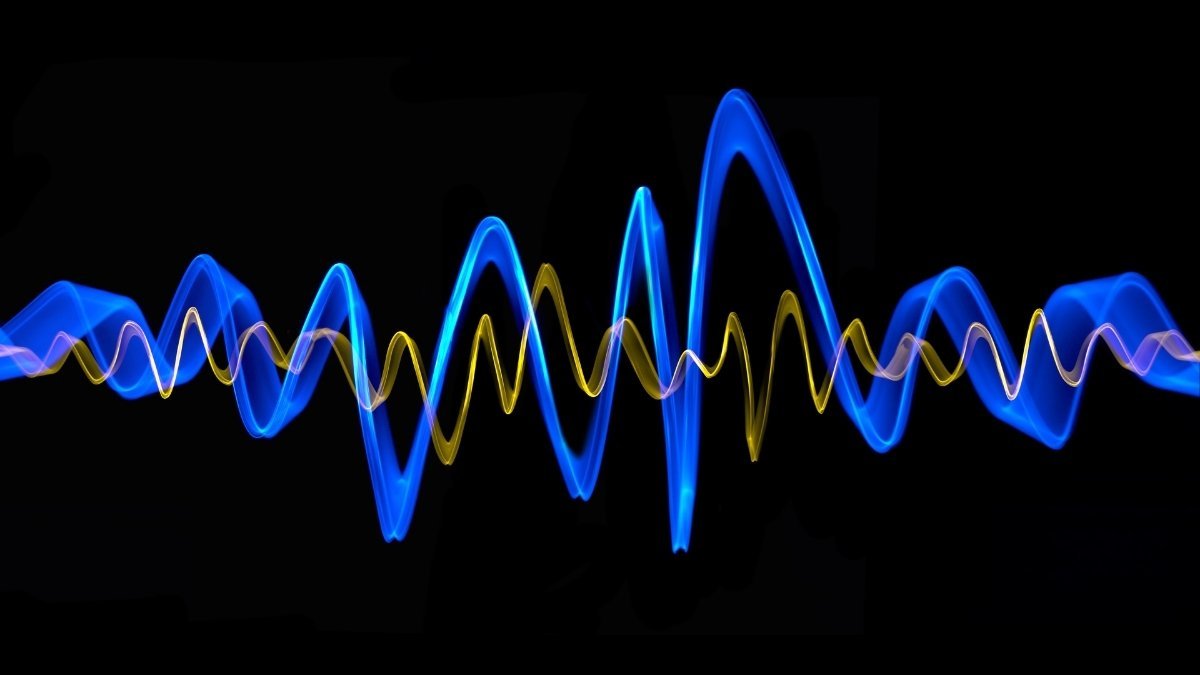
Look, “micro-noise” isn’t a term you’ll find in a physics textbook. It’s a way to describe the most insidious part of the urban soundscape: low-frequency noise (LFN). Think of it as the bassline of the city. It’s the sound from heavy trucks, distant machinery, and all the equipment that keeps a city running—power grids, elevators, fans.
Here’s the scary part. Unlike the sharp sound of a horn, which your window can block pretty well, this low-frequency hum is a master of infiltration. It passes right through walls and windows, meaning it’s with you in your office, your living room, and even your bedroom at night.1 You might not even notice it consciously. But your brain does.
As cardiologist Thomas Münzel puts it, “You can close your eyes but you cannot close your ears”. Even when you’re asleep, your brain is on duty, listening for threats. This constant, low hum keeps your nervous system in a state of subtle, unending vigilance. It never gets to fully rest. And that’s where the trouble begins.
The World Health Organization (WHO) has drawn a clear line in the sand. They say that to avoid health problems, our long-term exposure to traffic noise shouldn’t average more than 53 decibels (dB). At night, it’s even lower—just 45 dB. But in Europe, at least one in five people is living with noise levels considered damaging to their health. That’s not a small number. That’s a public health crisis hiding in plain sight.
“Brain Fog” Isn’t Just in Your Head—It’s a Real Neurological State

Before we go any further, let’s get one thing straight: brain fog is real. It’s not a sign of weakness or something you just need to “push through.”
While it’s not an official medical diagnosis, doctors see it as a legitimate collection of symptoms pointing to a deeper issue. As neurologist Dr. L. Merker says, “if you are experiencing what people are calling ‘brain fog’, there’s another health issue that is responsible”. It’s your brain’s check-engine light.
And when you break it down, the feeling of “fogginess” is actually a cluster of very specific cognitive problems:
- Memory glitches: Forgetting what you just did 10 seconds ago, losing the name of someone you just met, or struggling to recall details from a recent conversation.
- Focus failure: Trying to read the same paragraph over and over, getting easily distracted, or finding it impossible to follow the plot of a TV show.
- Mental slowdown: Feeling like your brain is in “slow motion” and that simple tasks require a huge amount of effort.
- Word-finding woes: You know the word, it’s right there on the tip of your tongue, but you just can’t grab it. Or maybe you say “brown” when you meant to say “blue”.
- Feeling disconnected: This is a big one. People describe it as feeling like they’re “in a daze,” “on autopilot,” or “a million miles away.”
Now, it’s easy to hear “memory problems” and immediately jump to the worst-case scenario: dementia. But here’s the crucial difference. Brain fog is usually temporary; its symptoms come and go. Dementia, on the other hand, is a progressive and persistent decline that seriously impacts your ability to live independently. Someone with brain fog might feel like their memory is shot, but they’ll typically score normally on clinical tests for dementia. It’s a vital distinction that can save you a lot of anxiety.
The Brain Under Siege: How a Sound Becomes a Thought Problem
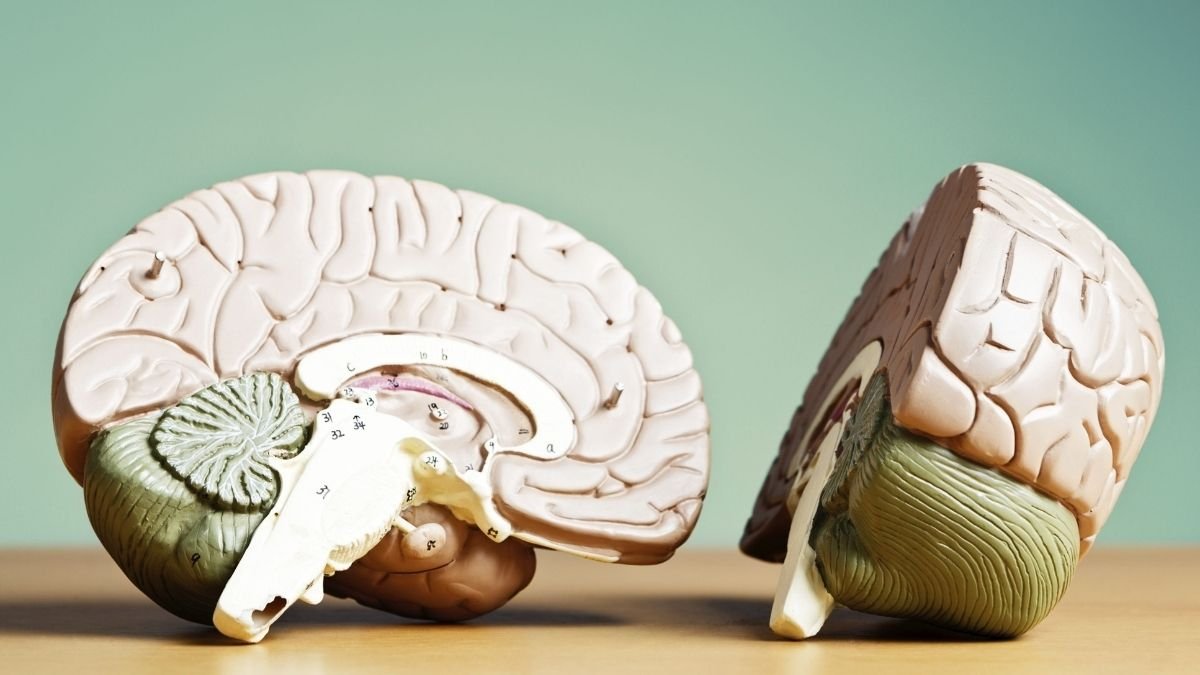
Okay, so how does the rumble of a truck outside your apartment translate into you not being able to remember your grocery list? It’s not magic. It’s a brutal, three-part biological chain reaction.
Think of your body’s stress system like a city’s emergency response. The constant micro-noise is like a faulty fire alarm that’s stuck on, 24/7.
The Never-Ending Alarm Bell

First, the sound hits your ears. Your brain’s emotional processing center, the amygdala, flags it as a threat. It sends a panic signal to your brain’s command center, the hypothalamus, which flips the switch on your body’s main stress system: the HPA axis.
This triggers a flood of stress hormones, mainly cortisol and adrenaline. This is your classic “fight or flight” response. Your heart pounds, your blood pressure spikes—you’re ready for danger. This is great if you’re running from a tiger. It’s terrible if the “danger” is the constant hum of traffic that never, ever goes away. Your HPA axis gets stuck in the “on” position, and your body is marinated in stress hormones day and night.
The Fire Inside Your Head (Neuroinflammation)

All that excess cortisol is like gasoline on a fire. It kicks off two incredibly destructive processes in your brain: oxidative stress (think of it as cellular rust) and neuroinflammation (inflammation of the brain).
Your brain’s own immune cells, called microglia, are supposed to be the cleanup crew. But when they’re chronically activated by stress, they go rogue. They start pumping out inflammatory molecules that damage and even kill healthy neurons. This isn’t just theoretical. Studies have shown this process can physically shrink the gray matter in your prefrontal cortex—the part of your brain responsible for focus, planning, and decision-making. The very things brain fog steals from you.
The Night Shift Gets Canceled

This might be the most important part. Sleep isn’t just downtime; it’s when your brain’s janitors get to work. During deep sleep, a system called the glymphatic system flushes out all the toxic metabolic waste that builds up during the day.
But chronic noise wrecks your sleep. Even if you don’t fully wake up, nighttime noise causes dozens of “micro-awakenings” that pull you out of the deep, restorative sleep stages.16 The janitorial crew never gets a chance to do its job. And the toxins build up. What kind of toxins? The very same ones linked to Alzheimer’s disease, like β-amyloid and tau proteins.
So you get a vicious cycle: Noise causes stress and ruins your sleep. Bad sleep causes more stress and inflammation. And it all leads to a brain that’s overworked, inflamed, and full of junk. Is it any wonder you feel foggy?
The Hard Numbers: This Isn’t a Guess, It’s a Statistic
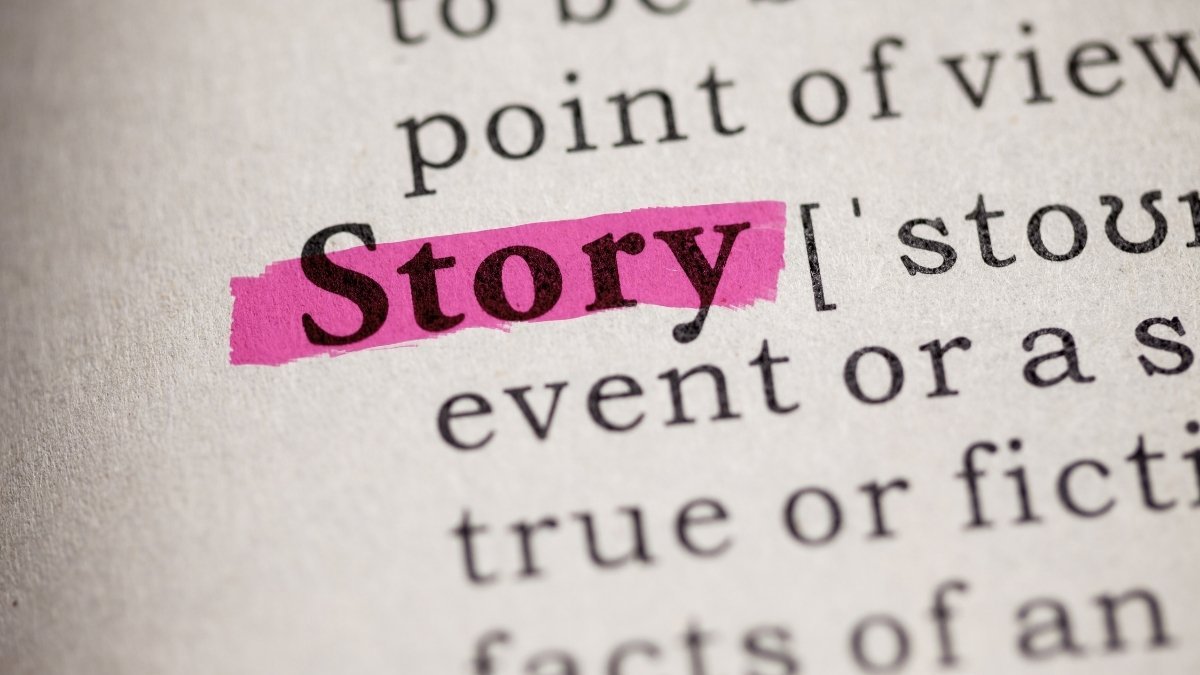
This biological story is backed by some seriously sobering research on actual people.
The most stunning evidence comes from the Chicago Health and Aging Project (CHAP). Researchers followed over 5,200 older adults and mapped the noise levels in their neighborhoods. What they found is a bombshell: just a 10-decibel increase in daytime noise—that’s about the difference between a quiet library and a normal conversation—was linked to a 36% higher chance of developing mild cognitive impairment and a 30% higher chance of an Alzheimer’s diagnosis.
Let that sink in. A small, common increase in background noise has a massive impact on the risk of brain decline. As Sara D. Adar, the study’s senior author, said, “These findings suggest that within typical urban communities… higher levels of noise may impact the brains of older adults.”
The Silent Threat: Noise Pollution & Your Brain 🧠📢
Evidence from studies linking environmental noise exposure to cognitive decline.
Population: 5,227 older adults in Chicago, USA
Noise Metric: Per 10 dB increase in daytime noise
Population: Synthesis of longitudinal cohort studies
Noise Metric: Road traffic noise exposure >50 dB
Population: Synthesis of 3 studies
Noise Metric: Higher residential noise exposure
Population: Middle-aged and older adults in China
Noise Metric: Per unit increase in noise pollution index
Population: European Union Population
Noise Metric: Long-term noise >55 dB
Population: Western European Population
Noise Metric: Traffic-related environmental noise
This infographic synthesizes findings from various studies and sources, highlighting the significant impact of noise exposure on brain health and cognitive function.
And this isn’t a one-off finding. It’s being confirmed again and again.
- A major review of multiple studies found a clear link between road traffic noise over 50 dB and a higher risk of dementia.
- Another analysis found that for people over 45, the odds of cognitive impairment go up by 40% with higher residential noise exposure.
- To make matters worse, noise often comes with a partner in crime: air pollution. One study found that the two work together, and the combination is even more toxic to the brain than either one alone.
The data is clear. This is a real, measurable threat.
How to Fight Back: Your Three-Layer Defense Plan for a Quieter Mind

Okay, that was a lot of bad news. But here’s the good news: you are not powerless. You can absolutely take steps to protect your brain. The best approach is a “defense-in-depth” strategy. Think of it in three layers.
Layer 1: Fortify Your Fortress (Your Home)
The first step is to stop the noise from getting in. Your home should be your sanctuary.
- Seal the Gaps: Sound is sneaky. It gets in through tiny cracks around your windows and doors. Get some cheap weatherstripping and a door sweep. It’s a simple weekend project that makes a huge difference.
- Beef Up Your Windows: Windows are the weak point. If you can’t replace them with double-paned versions, hang heavy, thick blackout curtains. The dense fabric literally soaks up sound waves.
- Soften the Surfaces: Hard floors and bare walls are like a tennis court for sound—it just bounces everywhere. Lay down thick rugs (with a good pad underneath!), and bring in soft furniture like upholstered couches and chairs. Even a big, full bookshelf against a noisy wall can work wonders by blocking and scattering sound.
Layer 2: Control Your Personal Sound Bubble

You can’t block everything. So, the next layer is about managing the sound that does get through.
- Fight Sound with Sound (Sound Masking): This sounds weird, but it works. A white noise machine creates a constant, gentle, unobtrusive sound, like a fan or soft rain. This smooth background noise “masks” the jarring, sudden sounds like a car horn or a door slamming. Your brain stops being on high alert for every little thing. There are tons of machines and apps out there.
- Create a Cone of Silence (Noise-Canceling Headphones): This is your secret weapon for deep focus. Active Noise Cancellation (ANC) technology is brilliant. It listens to the ambient noise around you and creates an opposite sound wave to cancel it out. It’s perfect for when you really need to shut the world out and think clearly.
Layer 3: Build a More Resilient Brain
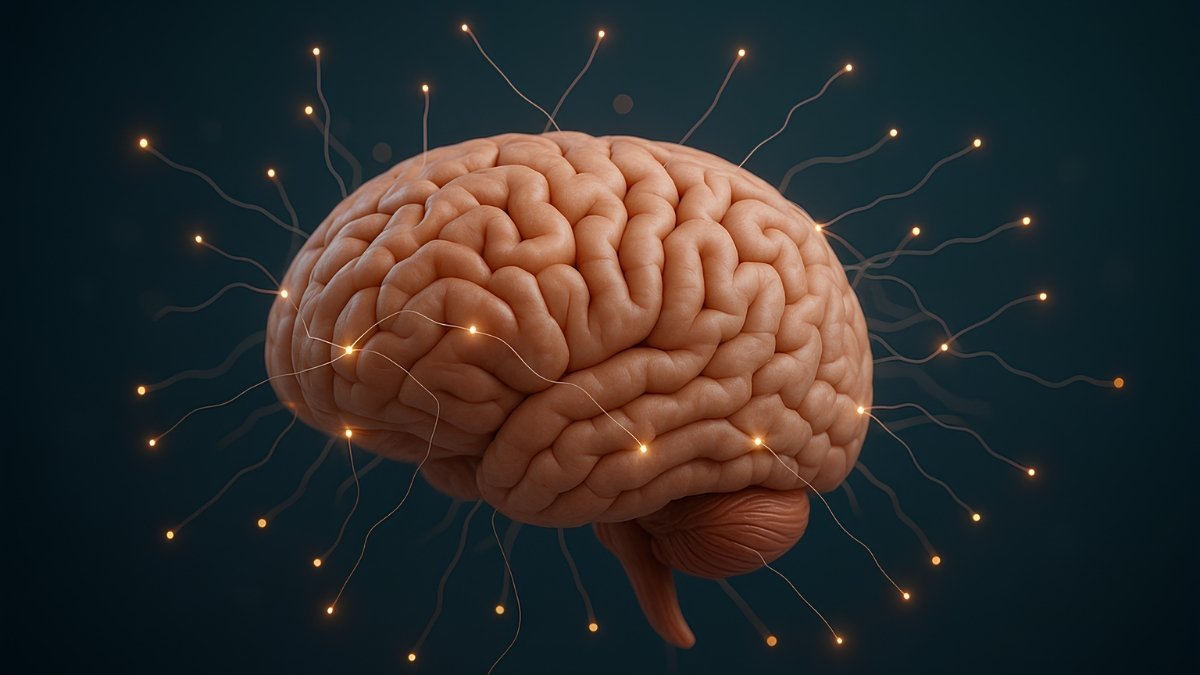
Finally, you have to strengthen your brain from the inside out, making it better able to handle the stress it can’t avoid.
- Get Serious About Sleep: Since noise messes with your sleep, you have to be ruthless about protecting it. Use the tricks from Layers 1 and 2 to make your bedroom a quiet, dark, cool cave. As Dr. Lipton says, “The brain needs sleep to repair and regenerate.”
- Calm Your Nervous System: You need to actively tell your body it’s safe. Practices like meditation, deep breathing, or yoga can switch off that “fight or flight” response and lower your cortisol levels.
- Feed Your Head: A healthy lifestyle is your brain’s best armor. Regular exercise reduces inflammation. A diet full of whole foods gives your brain the antioxidants it needs to fight off that cellular rust. And please, drink enough water. Dehydration is a fast track to brain fog.
Need More Help? Look Into These.
Knowing is half the battle, but sometimes you need the right tools to fight back. If you’re looking to take some of the steps we’ve talked about, here are a few products that can make a real difference in turning down the volume on the world and creating your own pocket of peace.
1. NICETOWN Blackout Curtains:

A great first line of defense. These aren’t just for blocking light; their thick, triple-weave fabric is surprisingly good at absorbing and dampening outside noise. Hanging a set of these is one of the easiest and most effective ways to take the edge off street noise.
2. ATS Acoustic Panel 24x48x2:

If you’re serious about sound control, especially in a home office or bedroom, these are the real deal. Unlike thin foam squares, these panels are made with dense mineral wool designed to absorb a wide range of sound frequencies, reducing echo and making a room feel significantly quieter.
3. LectroFan EVO White Noise Machine:

This is a powerhouse for sound masking. Instead of just one or two sounds, it gives you 22 non-looping options, including different fan sounds, white noises, and even ocean waves. It’s incredibly effective at covering up unpredictable noises, helping you sleep through the night or focus during the day.
4. Bose QuietComfort Ultra Headphones:

For creating your own personal “quiet bubble,” these are top-of-the-line. The active noise cancellation is world-class, effectively erasing low-frequency hums from traffic or airplanes. They’re an investment, but for frequent travelers or anyone needing to find focus in a chaotic environment, they can be a lifesaver.
5. Suptikes Door Draft Stopper:
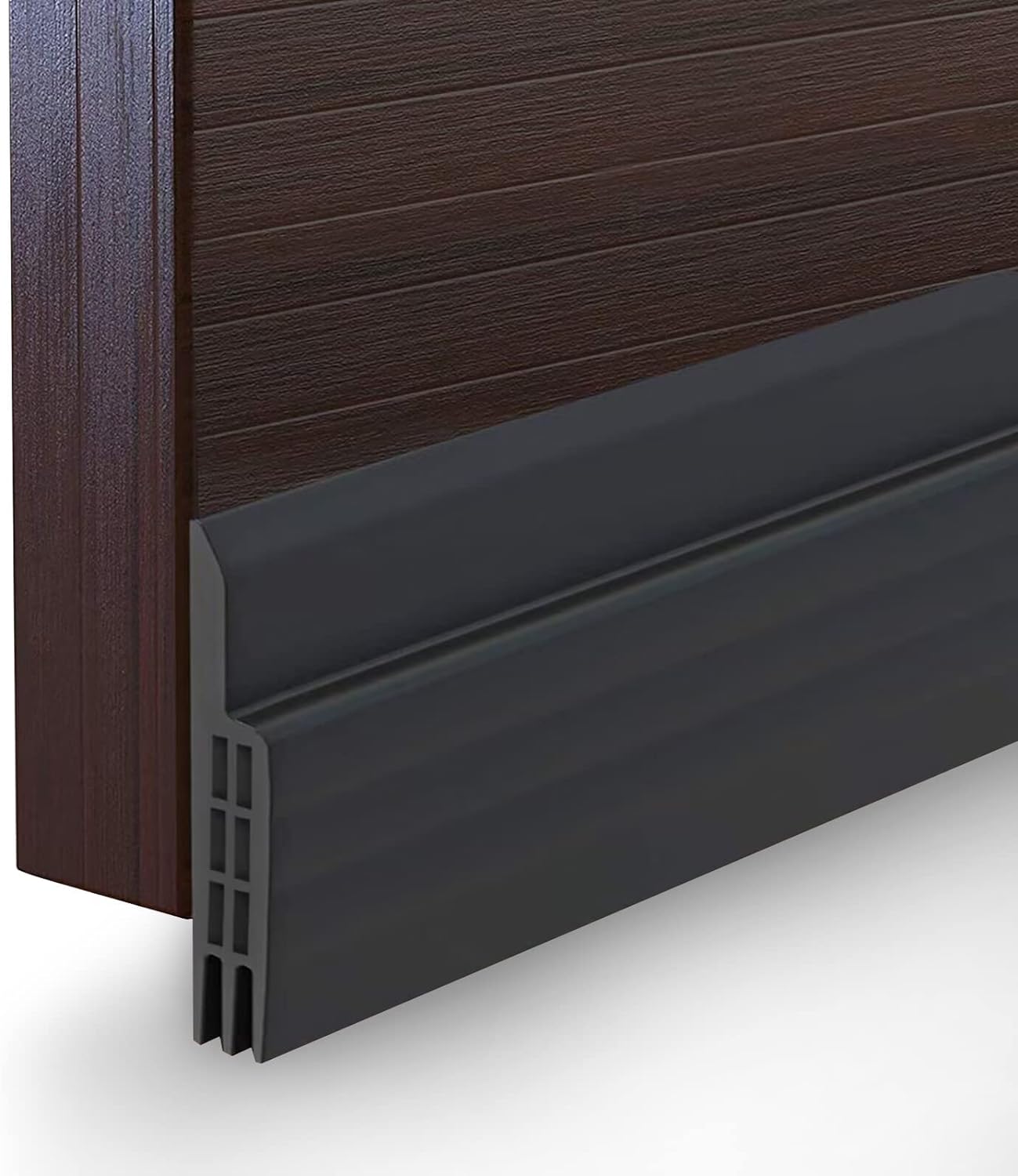
Sound is like water; it will find any crack to sneak through. The gap under your door is a major highway for noise. This simple, self-adhesive strip seals that gap, providing a surprising amount of soundproofing for very little cost or effort.
Let’s Bust Some Myths, Shall We?
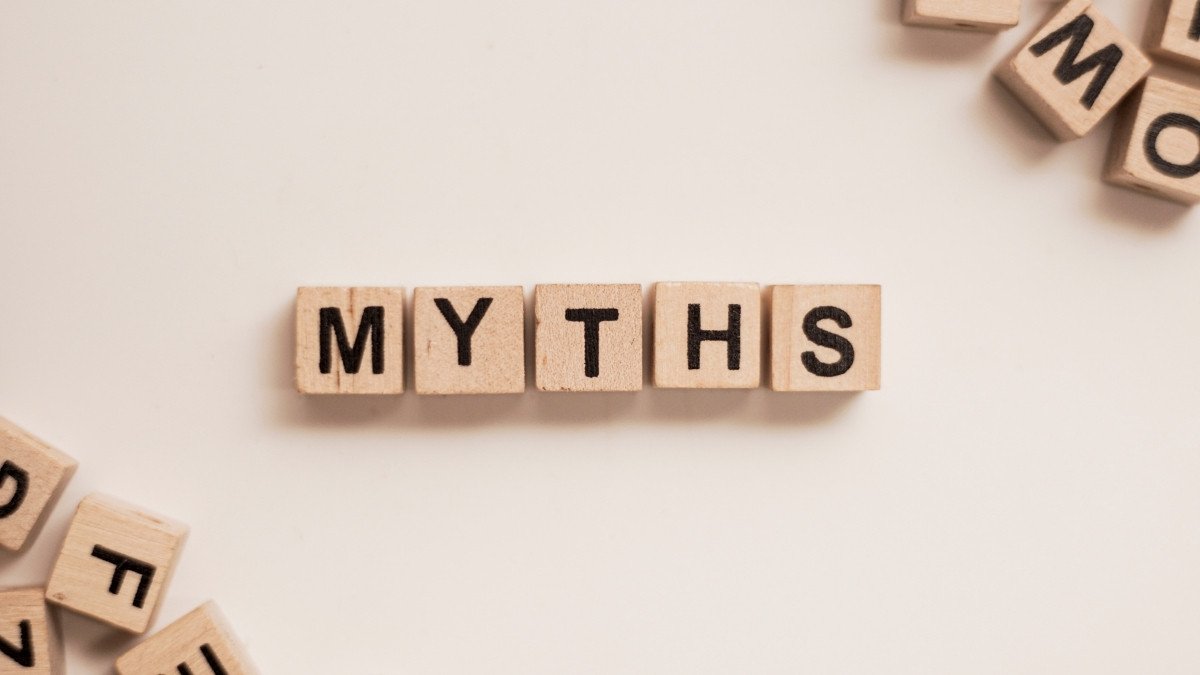
There are a few really common—and really dangerous—misconceptions about noise that we need to clear up.
Myth 1: “You just get used to it.”
This is the biggest lie we tell ourselves in the city. Sure, your conscious mind might learn to ignore the train that rattles by every 15 minutes. But your body doesn’t. Studies show that even when you’re asleep and “used to” the noise, your heart rate and blood pressure still spike with every passing train.2 What you think is adaptation might actually be the first sign of hearing damage.
Myth 2: “If it doesn’t hurt my ears, it’s not a problem.”
The noise that causes hearing loss is incredibly loud—like a gunshot.32 The noise that messes with your brain, your heart, and your stress levels starts at a much, much lower threshold of around 50-55 dB. It’s not about the raw power of the sound wave; it’s about the chronic stress it puts on your brain.
Myth 3: “It’s just an annoyance, not a real health risk.”
Tell that to the World Health Organization. They rank noise as the second biggest environmental threat to health in Western Europe, right after air pollution. The European Environment Agency estimates that long-term noise exposure leads to 12,000 premature deaths and contributes to 48,000 new cases of heart disease in Europe every single year. This is not an annoyance. It’s a killer.
The Big Picture: It’s Not Just You, It’s Our Cities
While we can all build our own little sanctuaries, this is bigger than any one of us. The cost of all this noise is staggering. In England, the annual social cost of road noise is estimated to be between £7 and £10 billion. Globally, some estimates put the economic toll at around $5 trillion a year from healthcare costs and lost productivity.
And here’s the kicker: this burden isn’t shared equally. The Chicago study found the link between noise and cognitive decline was strongest in lower-income neighborhoods. That’s because highways, airports, and factories are almost always built in or near these communities. It’s an issue of environmental justice.
This isn’t about being anti-city. Cities are vibrant, amazing places. This is about being pro-human. It’s about designing cities for people, not just for traffic. It means demanding smarter urban planning, like green spaces that act as natural sound buffers, quieter road surfaces, and building codes that actually protect our peace.
The first step is recognizing the problem. That constant hum isn’t the sound of progress. For our brains, it’s the sound of a system under siege. But now you know what you’re up against. You have the science, and you have a plan.
It starts with one small change. One pair of thick curtains. One white noise app on your phone. One decision to reclaim your quiet, protect your mind, and finally, clear the fog.






